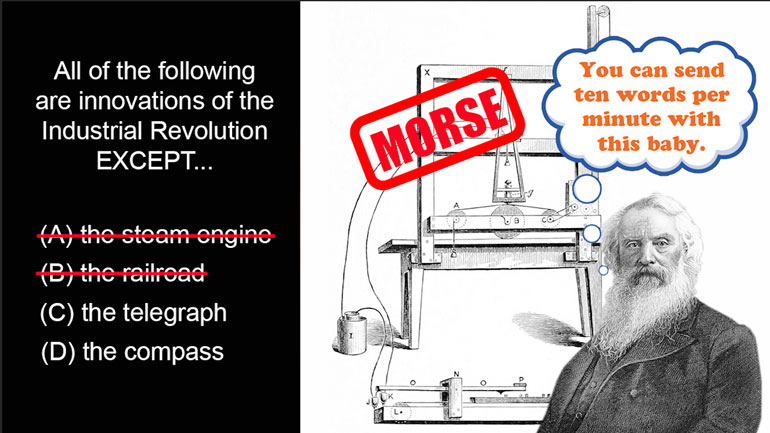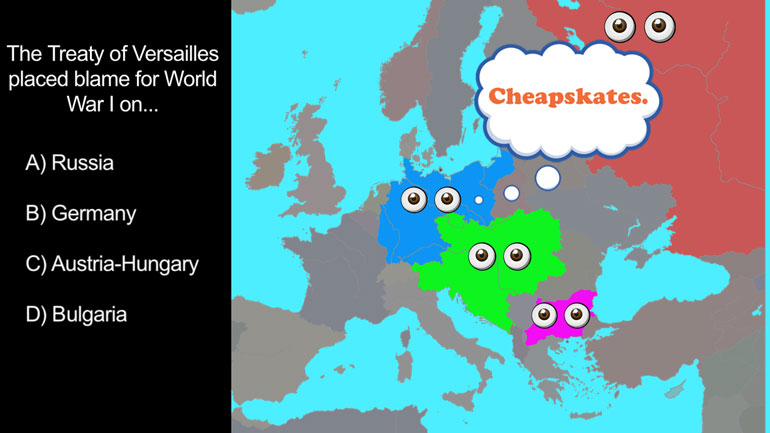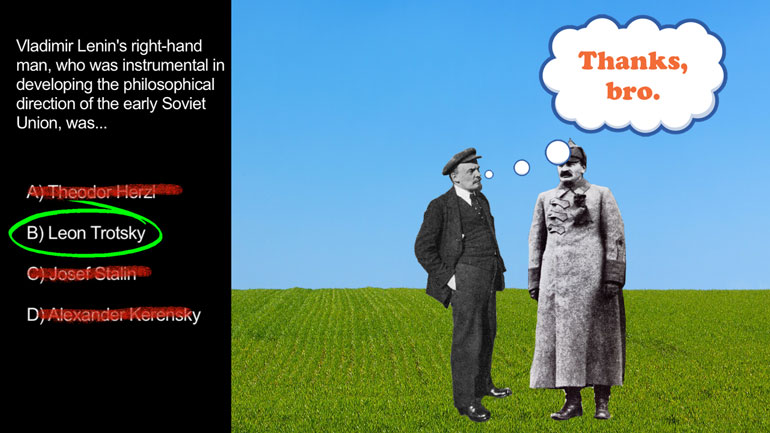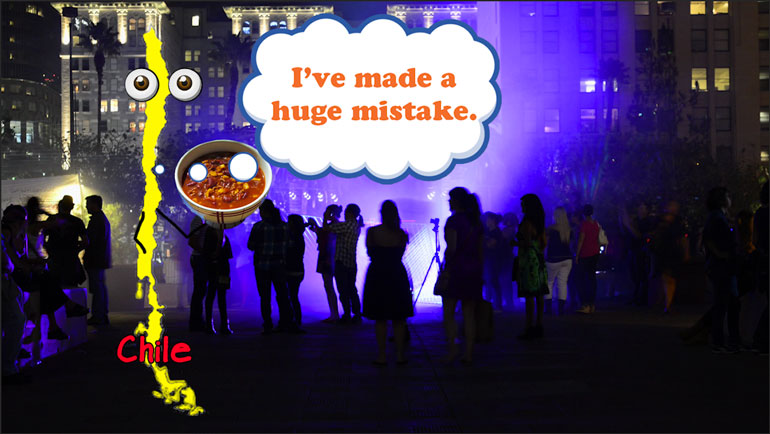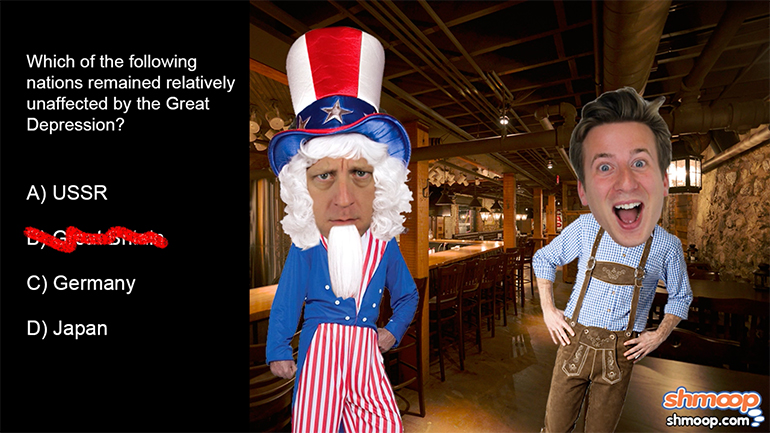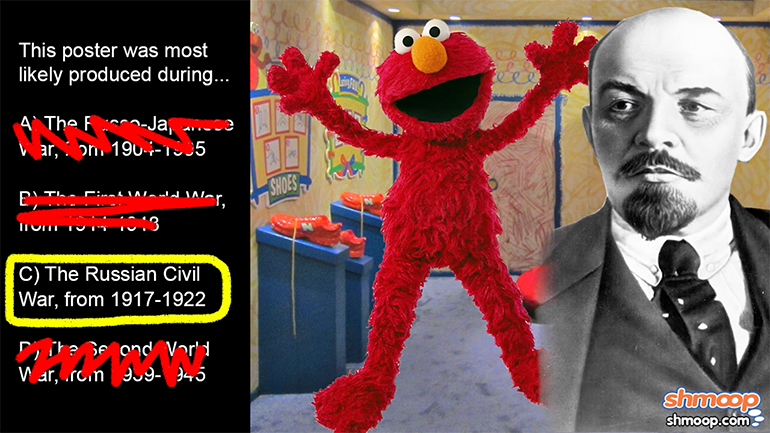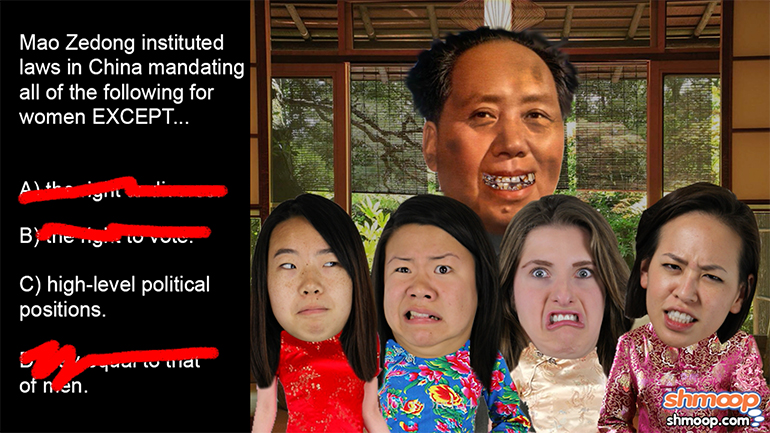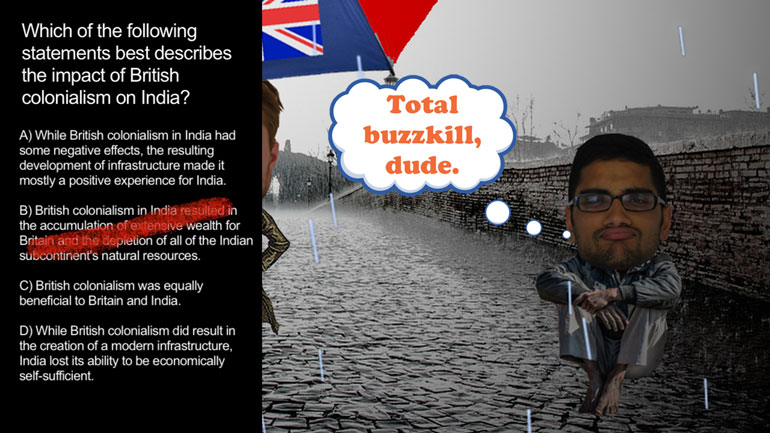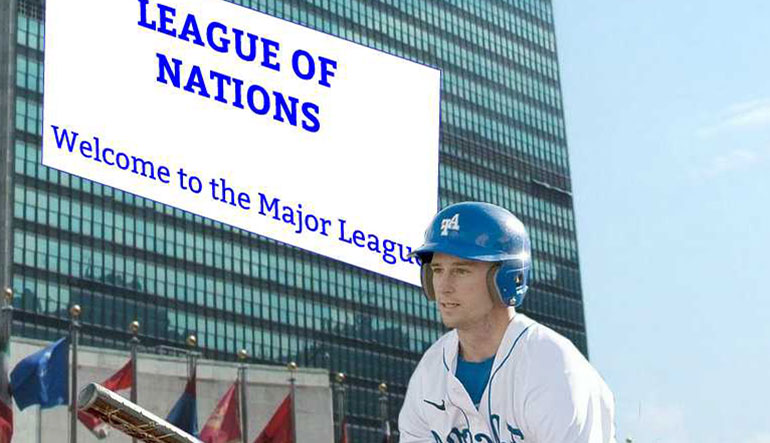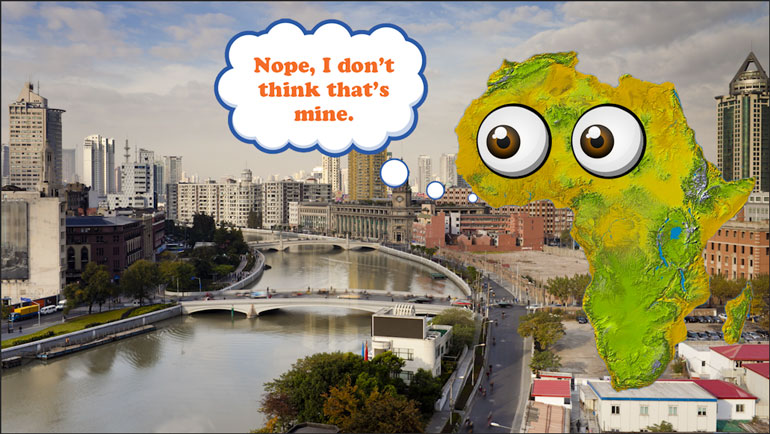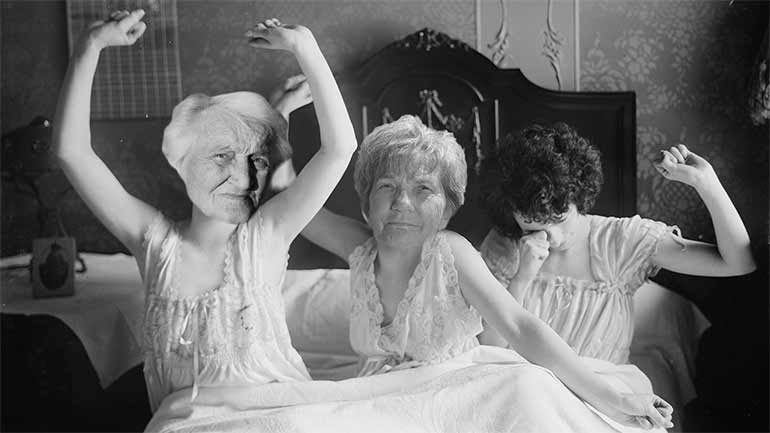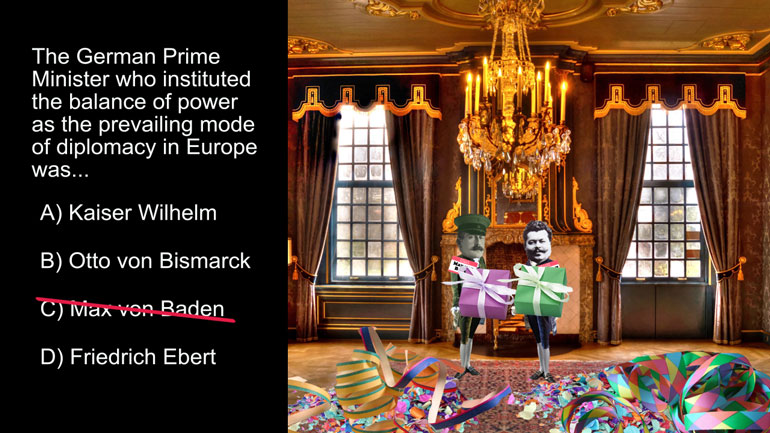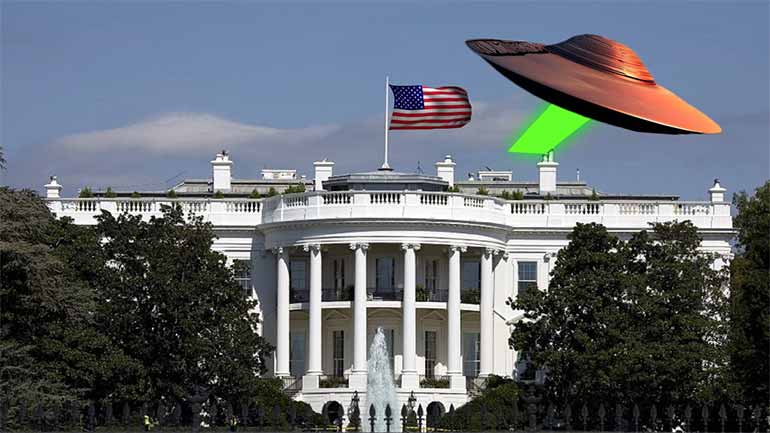ShmoopTube
Where Monty Python meets your 10th grade teacher.
Search Thousands of Shmoop Videos
AP World History Videos 30 videos
AP World History 1.2 Industrialization and Global Integration, c. 1750 to c. 1900. All of the following are innovations of the Industrial Revolutio...
AP World History 2.5 Industrialization and Global Integration, c. 1750 to c.1900. What was the relationship between abolitionist movements and wome...
AP World History 4.3 Industrialization and Global Integration, c. 1750 to c. 1900. What was the immediate cause of the First Sino-Japanese War?
AP World History 4.2 Industrialization and Global Integration, c. 1750 to c. 1900 17 Views
Share It!
Description:
AP World History 4.2 Industrialization and Global Integration, c. 1750 to c. 1900. Which of the following best explains the rise of global inequality during the Industrial Revolution?
Transcript
- 00:04
And here's your shmoop du jour brought to you by global
- 00:06
inequality illustrated here in an entirely objective and unbiased pie [piechart of global inequality]
- 00:10
chart here's your question which of the following best explains the rise of
- 00:15
global inequality during the industrial revolution
- 00:17
and here are the potential answers... well the first one a bit too crazy for us to believe it
Full Transcript
- 00:27
was called the Industrial Revolution for a reason people lots and lots of money
- 00:31
was being made through industrial production and shipping
- 00:34
why would Africa and Asia say no to that it just doesn't make any sense what
- 00:38
about C, well it is right some countries didn't have the financial [Answer C on piece of paper]
- 00:42
resources to industrialize and B isn't entirely off base either you have to be
- 00:46
wearing some pretty strong rose tinted glasses to expect the global powerhouses [Farmers working]
- 00:51
to simply share with everyone but we're looking for the best answer here the
- 00:54
reason these answers don't best explain the rise of global inequality is because
- 00:58
they don't explain exactly how global inequality became more and more unequal [People serving food]
- 01:03
which brings us to D when some countries have the raw materials needed to produce
- 01:07
goods and others have the capital to manufacture them it inevitably leads to
- 01:11
growing income equality why well let's say we have a new pair of sneakers well [Man lacing up his sneakers]
- 01:16
when they're sold the people with the advanced network that distribute and
- 01:20
sell the sneakers take a big cut and the people with a big fancy factory take a [Man working in a factory]
- 01:24
cut and after that the shareholders who put up all the initial capital take a
- 01:28
nice cut that leaves those who actually grew the cotton for those sneakers with a [Men standing in cotton field]
- 01:32
whole lot of nothing rich keep getting richer and the poor will stay the same
- 01:36
and voilá income inequality and yes this is partly why you want to go to college [Man reading book in library]
- 01:42
and learn to be one of those investors or technology people rather than the
- 01:45
people selling cotton anyway as the old adage
- 01:48
goes it takes money to make sneakers or money it takes money to make money [Piechart of amount that inequality is fair]
Related Videos
AP World History 1.2 Industrialization and Global Integration, c. 1750 to c. 1900. All of the following are innovations of the Industrial Revolutio...
AP World History 2.5 Industrialization and Global Integration, c. 1750 to c.1900. What was the relationship between abolitionist movements and wome...
AP World History 4.3 Industrialization and Global Integration, c. 1750 to c. 1900. What was the immediate cause of the First Sino-Japanese War?
AP World History 3.2 Industrialization and Global Integration, c. 1750 to c. 1900. The Sepoy Mutiny resulted in...what?
AP World History 1.1 Accelerating Global Change and Realignments, c. 1900 to Present. The Treaty of Versailles placed blame for World War I on...wh...
